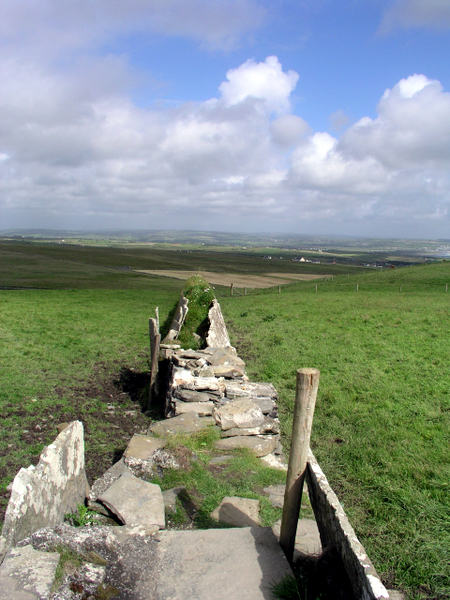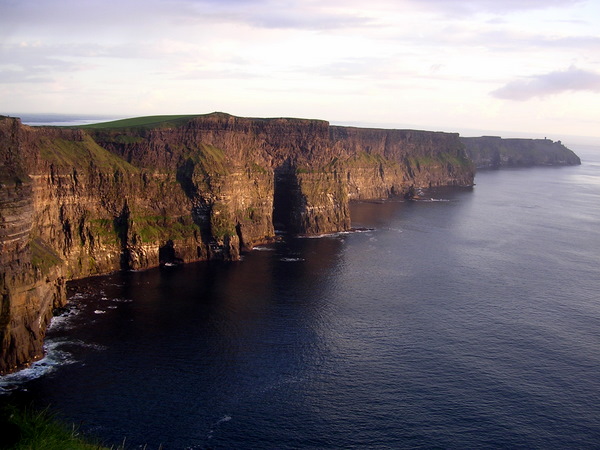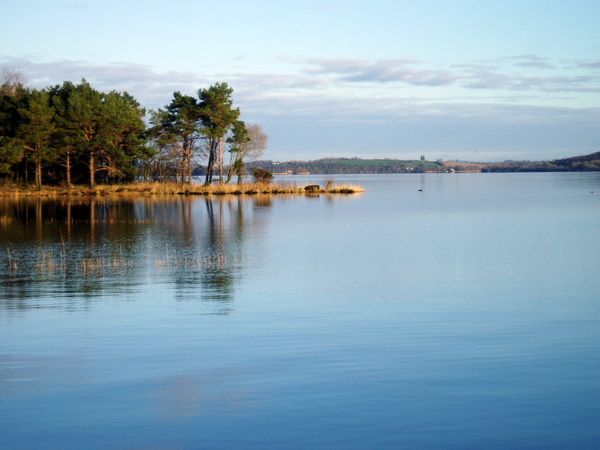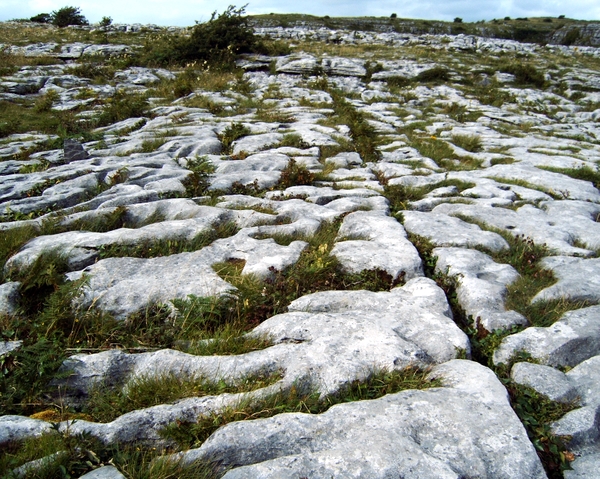The town of Shannon in County Clare is a great base for exploring one of Ireland’s most magical regions. The Shannon Region encompasses counties Clare, Limerick, Tipperary and Offaly. The southwest part of Ireland is geographically diverse and boasts a chopped up coastline replete with cliffs, coves and countless towers and forts built to  oversee kingdoms long since buried under Ireland’s long history.
oversee kingdoms long since buried under Ireland’s long history.
Shannon is right in between Dingle and Galway and makes for a perfect, leisurely stop on the route north (or south) from either one of these towns. The major town in the area is Limerick, but the largest airport is in Shannon (second only to Dublin). The best way to get here is via plane if you are pressed for time or by bus if you are traversing a large portion of this great island. Flights from the US can land in Shannon or Dublin and Ryan Air serves Shannon Airport from any major city in Europe.
There are three major trips in the area that every traveler should consider when in the Shannon Region; the first being the Cliffs of Moher in County Clare. The cliffs are in the running for the “New Seven Natural Wonders of the World” and by all rights  should earn it a place among the great natural formations of our planet. Standing 230 meters high and running for 8km, the cliffs provide a view of the Atlantic that will transport you away from the mundane worries of this illusory life. The town of Doolin is the closest place for accommodation and drinks and you will be glad you came here once the gaping tourists return from the cliffs to celebrate here. The Cliffs are a must for any visitor to Ireland, for more information, check out our West Coast post.
should earn it a place among the great natural formations of our planet. Standing 230 meters high and running for 8km, the cliffs provide a view of the Atlantic that will transport you away from the mundane worries of this illusory life. The town of Doolin is the closest place for accommodation and drinks and you will be glad you came here once the gaping tourists return from the cliffs to celebrate here. The Cliffs are a must for any visitor to Ireland, for more information, check out our West Coast post.
 Another trip that should be tops on any itinerary out here is a boat cruise down the River Shannon. The Shannon was made specifically by God for men and women to float down. There are numerous lakes that slow the trip down just enough for everyone aboard to thoroughly imprint the views of the verdant hills into their brains. The river is famous for being not only suitable for floating and viewing, but also for being one of the easiest rivers to navigate in all of Europe. There is no need for any boating experience on this river, as the water is deep enough, slow enough and the river wide enough to compensate for almost any bonehead move.
Another trip that should be tops on any itinerary out here is a boat cruise down the River Shannon. The Shannon was made specifically by God for men and women to float down. There are numerous lakes that slow the trip down just enough for everyone aboard to thoroughly imprint the views of the verdant hills into their brains. The river is famous for being not only suitable for floating and viewing, but also for being one of the easiest rivers to navigate in all of Europe. There is no need for any boating experience on this river, as the water is deep enough, slow enough and the river wide enough to compensate for almost any bonehead move.
The last trip on my “must-do” list is a hike through The Burrens. I am absolutely, without a doubt convinced that Ireland is the last bastion of Old Magic in our Western World and places like the Burrens just confirm my faith. This swath of land straddling Clare, Limerick and Cork Counties has biologists of  every stripe alternating between head scratching and all-out drooling. There are hundreds of different flora and fauna species here that not only defy the natural order of where such species should be found, but all of these strange life forms have found a way to co-exist and they will keep scientists publishing papers for many, many years to come.
every stripe alternating between head scratching and all-out drooling. There are hundreds of different flora and fauna species here that not only defy the natural order of where such species should be found, but all of these strange life forms have found a way to co-exist and they will keep scientists publishing papers for many, many years to come.
The Burrens are surrounded by limestone hills and are riddled with caves and underground rivers. The rivers feed an ecosystem that thrives in pockets of soft, green grass hidden in the cracks, pits and hollows left by a maze of “crazy pavement”. This bland term falls very short of describing the limestone fissures and slabs that are the roads between strange, solitary boulders left behind when their fellows were swept along by glaciers thousands of years ago.
If you manage to visit all three of these great natural wonders, then you have won half the battle. The rest of the trip will have to take leave from the natural and turn to the forts, castles, houses, pubs, and random hill-top druid barrow that the local Irish step around every day of their lives. Southwest Ireland was remote enough to escape most of Cromwell’s crusades against the Gaelic culture, so not only will you meet the Irish, but you will also get an eyeful of the buildings they left behind to remind us that they were once here. For more information about the Irish festivals, ruins and landmarks in this region, talk to anyone attending or performing at the Fleadh by the Feale festival held in nearby Limerick every summer.


Comments